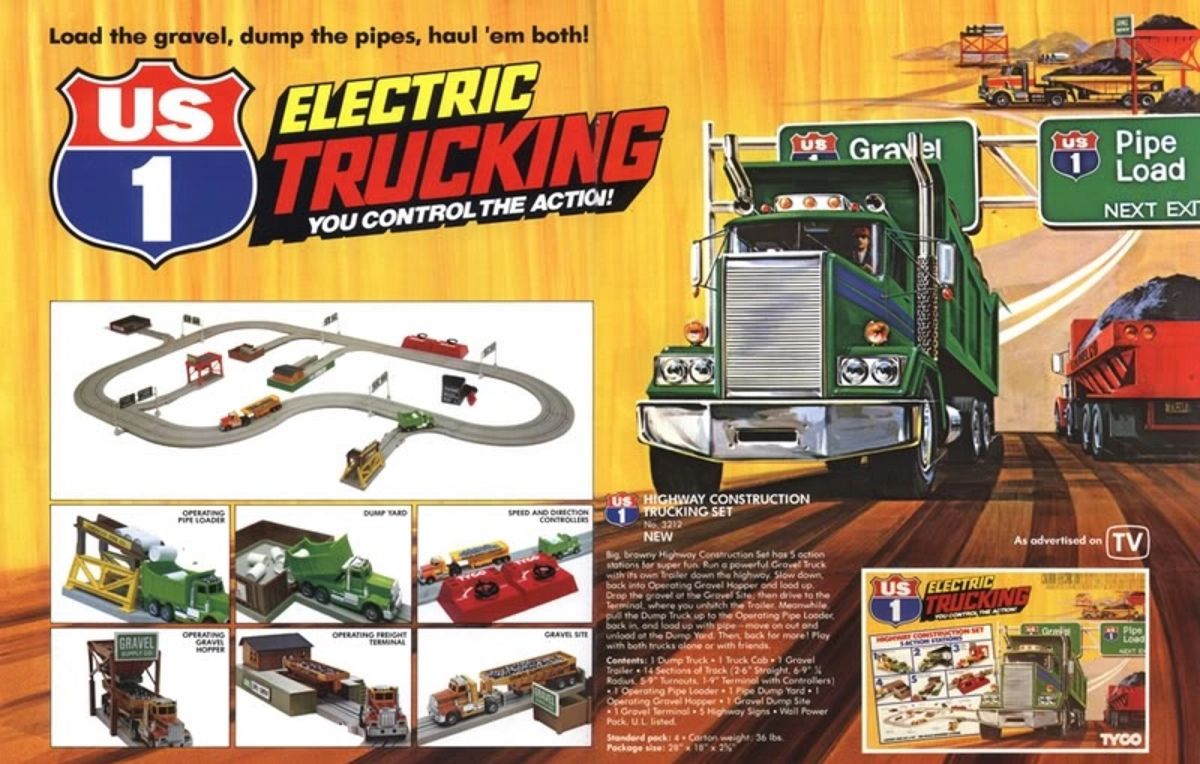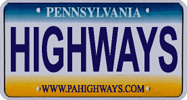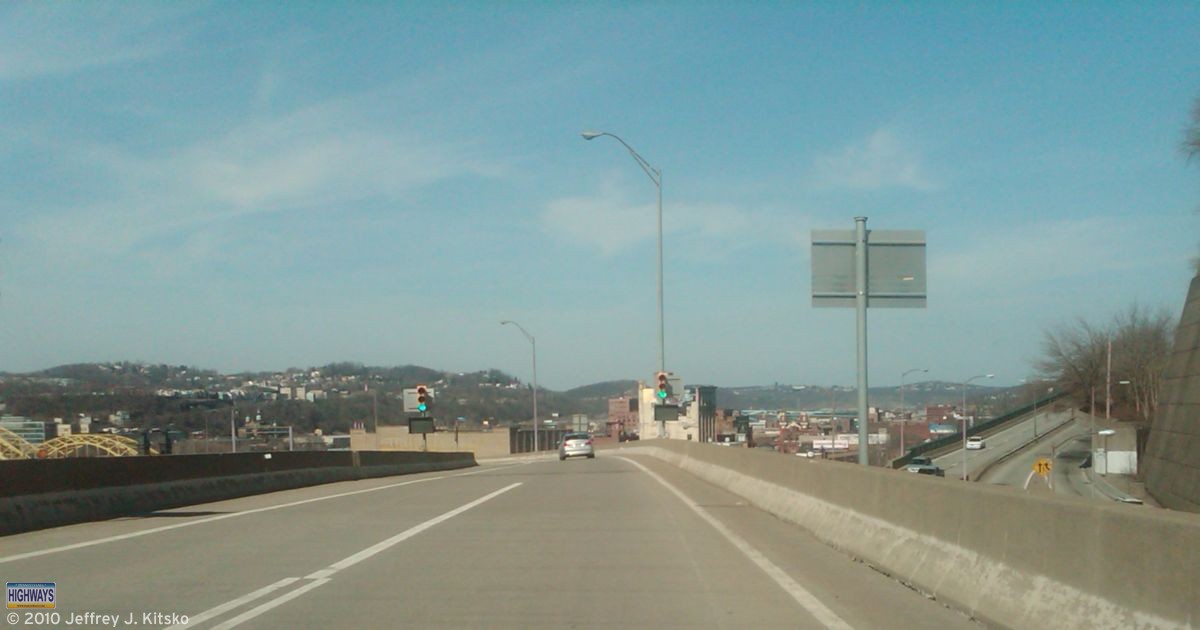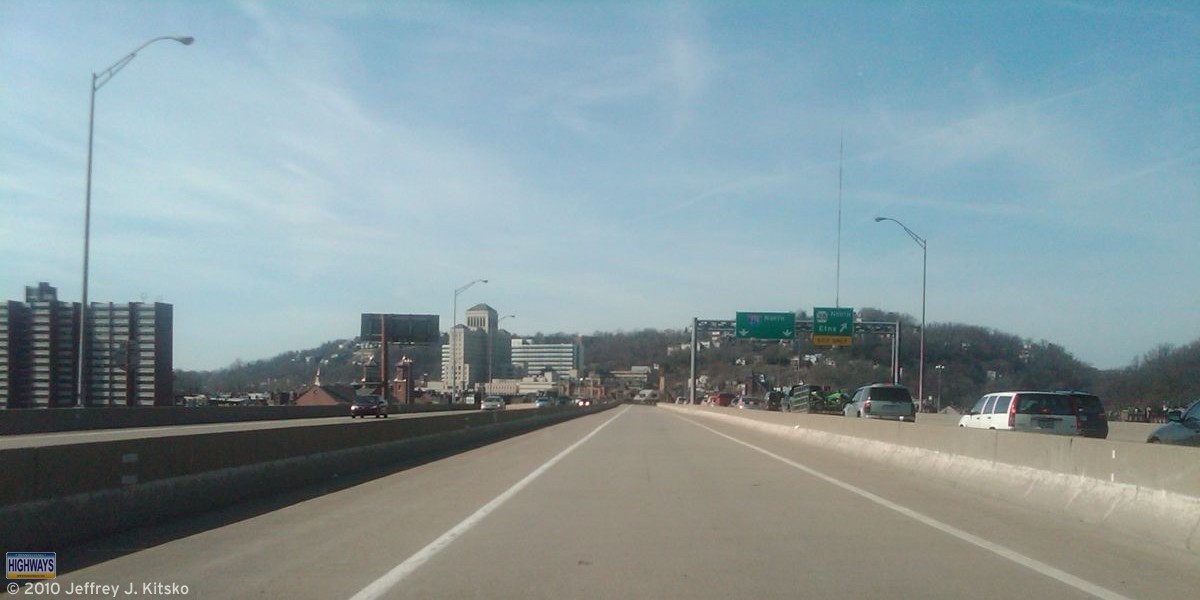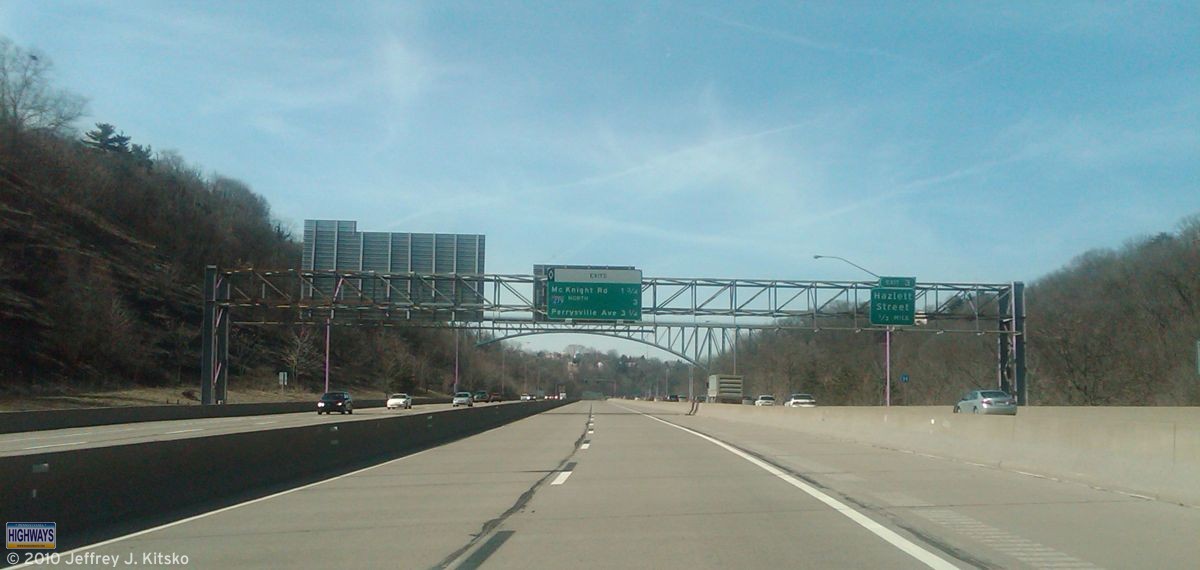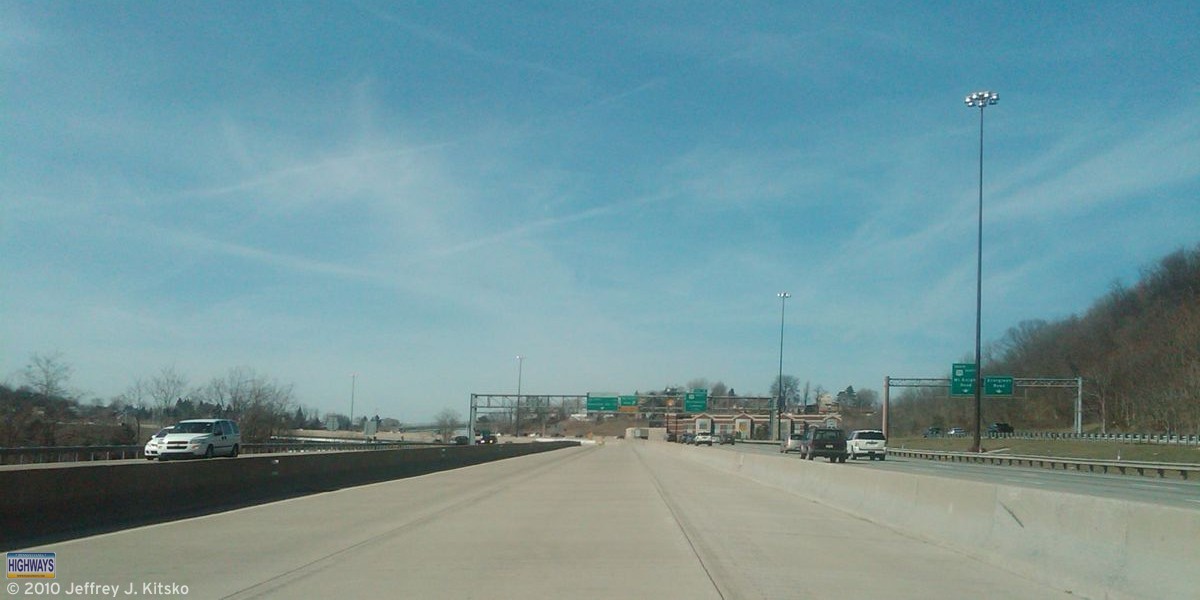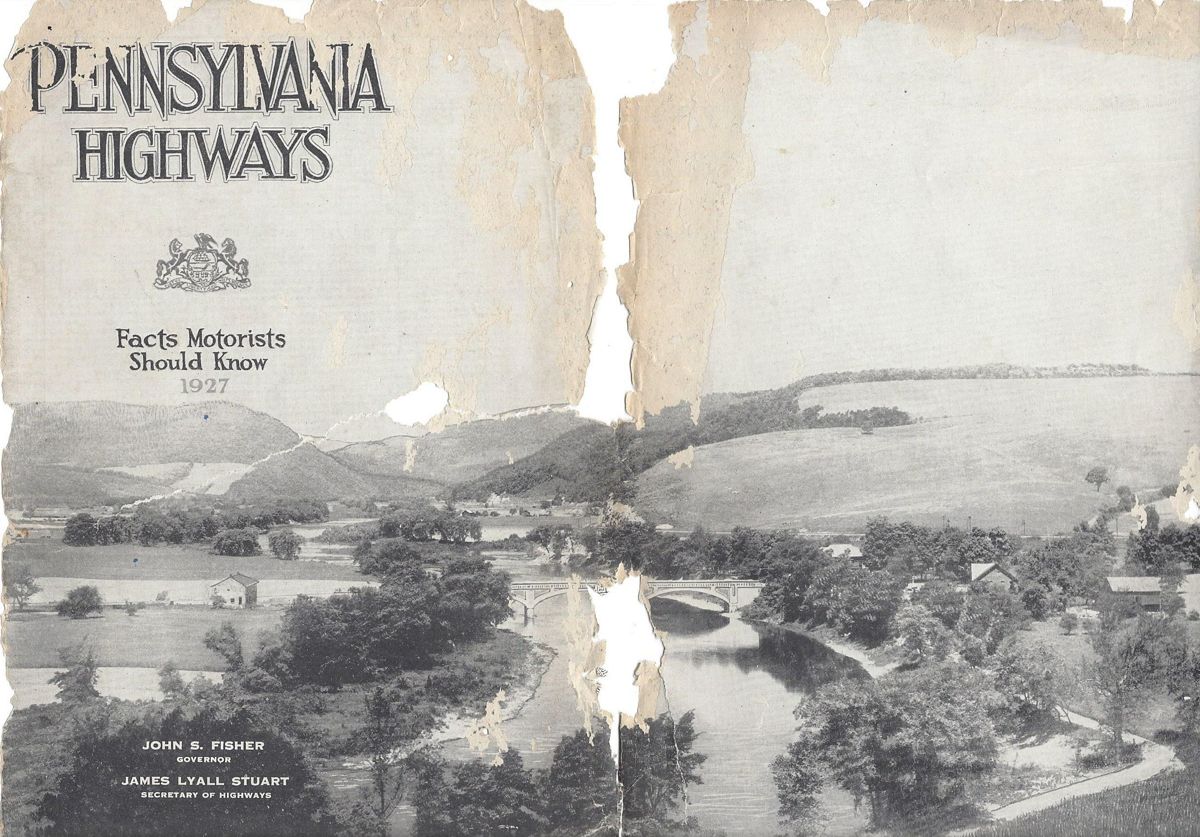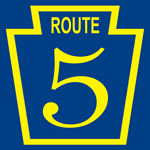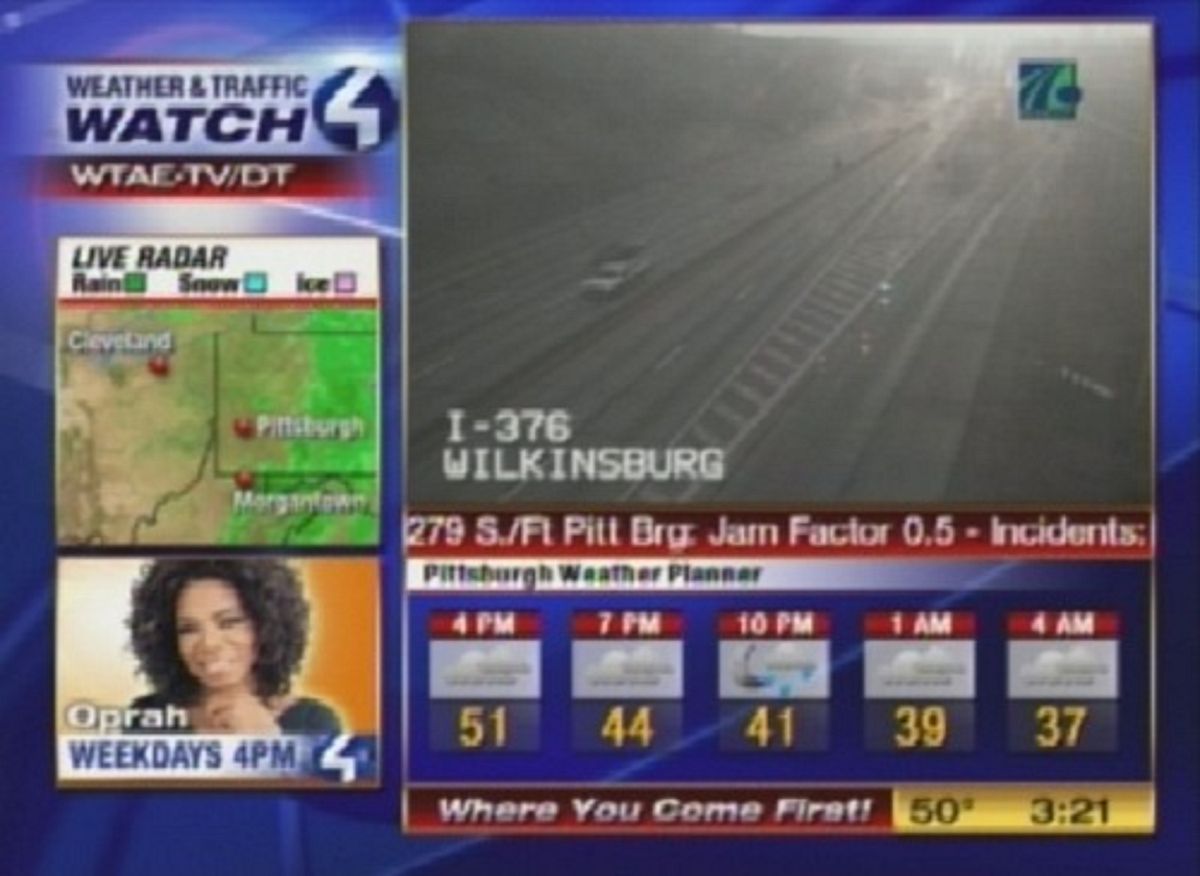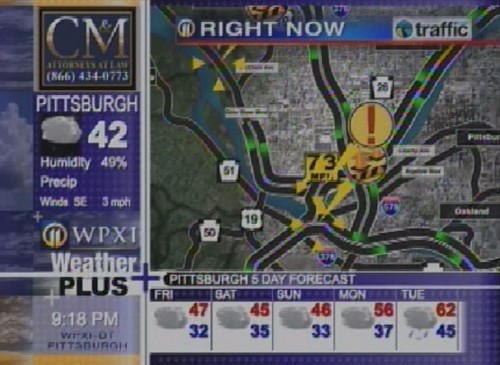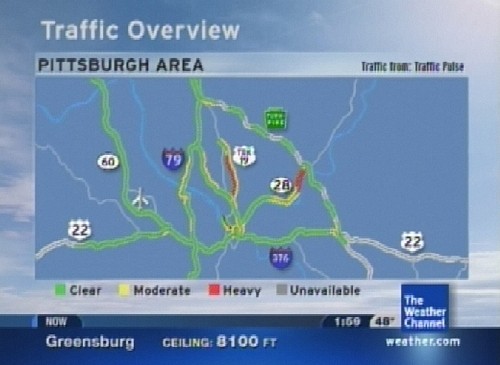The 1980s were a great time to be a kid. Sure, we didn’t have iPhones or XBoxes or Legos you can control by computer. We certainly had other electronic devices to keep us amused. I know, I know, we had the Atari 2600. However, I’m not referring to anything that required a connection to a TV. I’m talking about a toy where you could take control of an 18-wheeler and head eastbound and down, and around, and around.
Slot cars were a popular pastime in the late 1970s and early 1980s. Much like a model railroad, the vehicles were likewise powered by electricity from the tracks they rode upon. Just as a model railroad looks like the real-world version, similarly the slot cars use a plastic track that looks like a highway with small wires embedded into it to power the cars. As slot cars became increasingly popular, TYCO (not the international conglomerate whose CEO ran it into the ground in the early part of the 21st Century, but rather the Mattel division) introduced the HO-scale US 1 Electric Trucking line.
It was a twist on the typical slot car racetrack. Instead of two cars racing side-by-side, you “drove” vehicles in opposing directions on a track that looked like a road. Now I know what you are going to say, “I already experience the nightmare that is Roosevelt Boulevard, why would I want to when I am home?” The only similarity the little plastic roadway shared with its concrete and asphalt cousin was the designation.
Much like HO-scale train sets have different themes, so did US 1 for anyone to go eastbound and down.
- Big City Trucking
- Big Hauler Trucking
- City Hauler Trucking
- Cross Country Trucking
- Long Haul Trucking
- Coast-to-Coast Trucking
- Motor City
- Interstate Delivery
- Interstate Trucking
Each set had various “exits” for dump yards, terminals, and material loaders to name a few.
In addition, there was an Army Transport set, a nod to the Dwight D. Eisenhower National System of Interstate and Defense Highways. Furthermore, those trucks hauled crates of ammunition and drums of, no doubt, some classified substances. At least a decade before the word “intermodal” came into existence, US 1 was already there with an airport and a combination rail and road set. Consequently, the latter was a little dangerous for US 1 drivers as the rail crossings were at grade without warning signals.
Rather than buying all the sets, it was possible to buy individual accessories like the auto loader from the Motor City set or the fire station from the Fire Alert set. Besides other trucks and various trailers, additional vehicles were available to customize your layout. It was possible to buy an Airport Taxi to travel to the airport or a fire engine to sit at the ready in your fire station.
One of the presents my parents gave me for Christmas in 1984 was the Highway Construction set. I remember walking into the Family Room that early morning and seeing what looked like a little roadway set up near the fireplace. It was a toy that entertained me as a young road enthusiast. It was a great and fun toy, and a shame that TYCO stopped manufacturing the line in 1986. To sum up, one of these days, I need to make an “archeological dig” in my parent’s basement to find all the pieces. Then I can take a trip down memory lane, eastbound and down, via a small slot truck.
